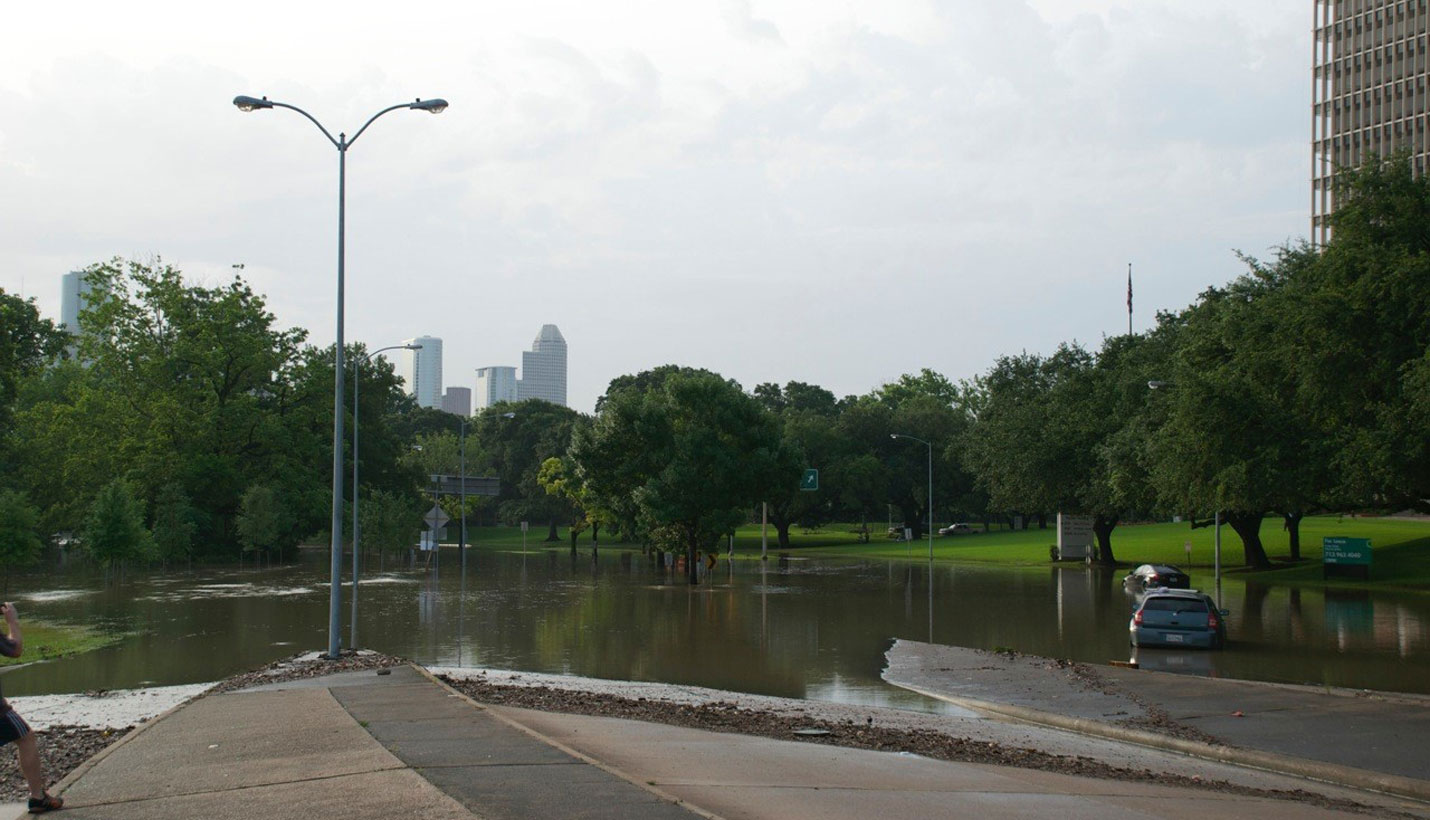

The Role of Architecture in Protecting Cities From Flooding
Boston. Charleston. Houston. Miami. New Orleans. New York. Even Washington DC. Each of these cities, as well as a number of others across the US, is partially built on reclaimed land that was originally close to or below sea level and each of these cities is plagued by repetitive flooding. Houston, the largest of these with a population of 6.5 million people in its metropolitan region, is most frequently in the news for its dead or displaced residents and damage in the billions of dollars. Houston-based architect John Clegg joined the City of Houston’s Chief Resiliency Officer and the executive director of the local Katy Prairie Conservancy on a recent radio show to talk about how cities can be protected from these expensive and often fatal events.
Although flooding at coastal levels is inevitable under the right circumstances, architecture can play a significant role in reducing loss of life and property damage. The industry is increasingly aware of its responsibility to take climate conditions into consideration during the design phase of its projects but also of the need to collaborate with area stakeholders to accomplish this goal. New multifamily housing can be optimally sited, raised or even located over parking to keep residents and their possessions safe. Structures, bioswales, and retention areas can be designed into new office complexes to store rainwater and safely discharge it slowly afterward. Demand response can be built into critical facilities’ building controls systems to shed non-critical loads at times of peak power usage to void brownouts. Materials can be vetted for chemicals that can be especially hazardous in case of fire or moisture. On a large scale or for major events, even small design measures can have a powerful impact for resiliency.
As co-chair of the American Institute of Architects – Houston Chapter Urban Design committee, John represented the industry association when he spoke on the Houston Matters radio show. He explained, “There are tough questions to be asked, such as ‘do we pay for it now through revised planning and design or do we pay for it later during the clean-up?’ ” His co-panelists supported this, pointing out it’s not a matter of “if” but “when” these questions need to be asked in cities such as Houston due to its coastal proximity and low-lying land.
Houston is well-positioned to conduct this discussion with its constituents and identify feasible solutions with the support of the AIA. The mayor recently created the role of Chief Resiliency Officer and appointed a civil engineer. A councilmember for one of the city’s five at-large positions is an urban design architect who previously served on the Houston Planning Commission under two mayors.
To hear the three panelists speak on the subject of protecting cities from flooding, access an audio recording of the Houston Matters radio show here.
01/31/2017








